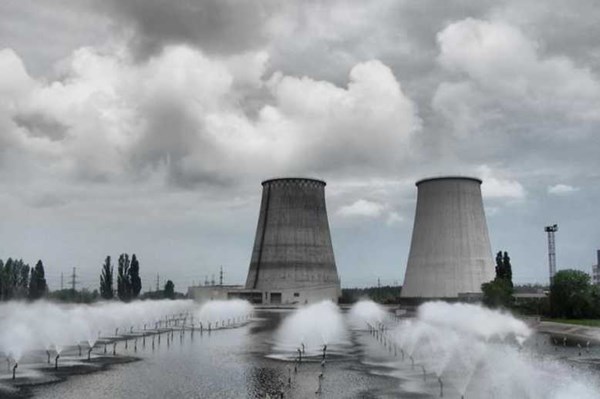Radioactive cloud from Russia detected over Scandinavia
Radiation monitoring stations in northern Europe have detected excess concentrations of radioactive isotopes in the air.
Iodine-131 was found in early June in Norway, and cesium-134, cesium-137, cobalt-60 and ruthenium-103 - in Sweden and Finland, GreenPeace Russia reports citing the national authorities of these countries.
In Sweden, radionuclides (cesium-134, cesium-137 and ruthenium-103) were detected as of June 22-23, said Lassina Zerbo, Executive Secretary of the Comprehensive Nuclear-Test-Ban Treaty Organization (CTBT).
National Institute for Public Health and the Environment of the Netherlands (RIVM) analyzed the available data and concluded that the source of the radioactive cloud is the western regions of Russia. The same assessment has been confirmed by Lassina Zerbo from the CTBT Organization.
According to RIVM, the radionuclide composition may indicate damage to the first circuit of the reactor or fuel cell at the nuclear power plant (NPP); damage to the reactor or fuel element of a nuclear icebreaker, nuclear submarine or unhermetization of spent nuclear fuel recently unloaded from the reactor.
The exact location of the source cannot be identified due to the limited number of measurements, RIVM stresses.
The incident could have happened at the Kola nuclear power plant (with four outdated VVER-440 reactors), as well as the bases of nuclear icebreakers and nuclear submarines of the Russian Northern Fleet, located on the coast of the Barents Sea, GreenPeace writes.
The leak of reactor isotopes could have occurred at three working reactors of the Chernobyl-type RBMK-1000 Leningrad nuclear power plant or at one of the new VVER-1200, the organization believes.
According to Zerbo, the source of the radionuclides is most likely not military, but civilian. The Russian site of operational information, which publishes data of Roshydromet (Federal Service for Hydrometeorology and Environmental Monitoring) stations about the levels of gamma radiation, beta activity in the air and beta-activity of daily fallout shows no excessive levels near nuclear power plants in western Russia in June. Also, elevated concentrations of radionuclides in the air in June are not reflected in the reports of Roshydromet.
The Russian nuclear power station operator Rosenergoatom said that there were no deviations from the conditions of safe operation at the nuclear power plant in northwest Russia in June, and the radiation situation was normal.
"No incidents have been recorded at the Leningrad and Kola nuclear power plants. Both stations are operating normally, there are no reports on the work of the equipment," the state corporation's spokesman explained.
At the same time, both stations are undergoing repair work. At the Leningrad nuclear power, unit number 3 has been under preventive repair since May 15, and at the Kola nuclear power plant - power units Nos. 3 and 4 from May 16 and June 11, respectively.
In June 2017, Ruthenium-106 was discovered in Europe, which was associated with emissions from the Mayak plant in the Chelyabinsk region. Russian State Nuclear Energy Corporation Rosatom categorically denied this information.
